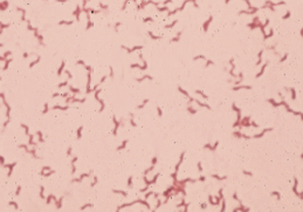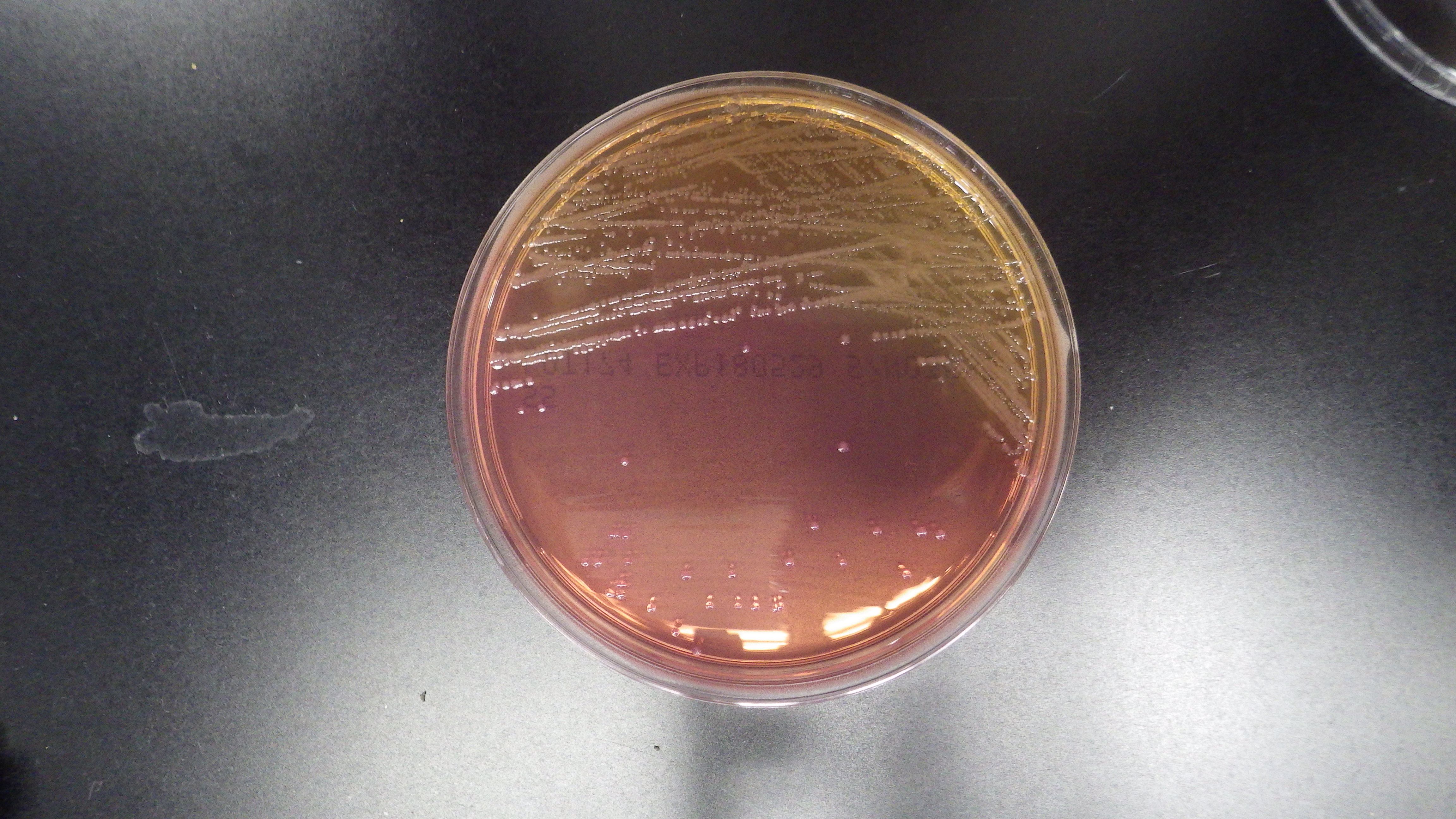Salmonella Paratyphi Gram Stain | Smear made from a liquid culture (tryptic soy broth). Gram negative coccobacilli with bipolar staining; Salmonella enteritidis (salmonella enterica ssp.enterica, serotype enteritidis) micrograph. Gram stain is not a simple stain because simple stains do not use two or more stains. Salmonella typhi and paratyphi breach the intestinal barrier though specialized microfold cells (m cells) that transport the bacteria across the.
Gram staining is the most important and widely used differential staining technique in bacteriology. Used for selective recovery of salmonella from stool culture. A salmonella sample can be obtained directly from the patient. Smear made from a liquid culture (tryptic soy broth). In current study salmonella paratyphi was identified through differential medium, gram staining and different biochemical tests like imvic, catalase.

Salmonellosis (subtype typhimurium), typhoid fever (subtype typhi), and paratyphoid fever (subtype paratyphi a). Gram stain is not a simple stain because simple stains do not use two or more stains. Salmonella typhi in gram stain. Salmonella typhimurium (salmonella enterica subsp. A salmonella sample can be obtained directly from the patient. Gram negative coccobacilli with bipolar staining; Used for selective recovery of salmonella from stool culture. Salmonella is gram negative bacterium and causes intestinal diseases in all types of chickens. Most common cause of wound infections after dog or cat bites (pasteurellosis) salmonella enterica spp. These include salmonella enteritidis, salmonella paratyphi, salmonella typhi and salmonella typhimurium (even though they have been classed as serotypes). Enterica is the type species and is further divided into six subspecies that include over 2. Paratyphi b have been shown to live and multiply in sewage sludge at about 10 microscopy with gram stain. Salmonella gram stain typhi negative enterica microscope under rods structure electron antigenic scanning.
Gram stain is not a simple stain because simple stains do not use two or more stains. Salmonella typhi identification and its biochemical characteristics. Smear made from a liquid culture (tryptic soy broth). This technique was developed in 1884 by a danish bacteriologist, hans christian gram. Salmonellosis is caused by the bacterial species salmonella enterica and over 2500 different serovars exist, of which four are of major medical relevance for humans:
Enterica | subspecies = enterica, serovar paratyphi a, b, and c {|ncbi: This technique was developed in 1884 by a danish bacteriologist, hans christian gram. Salmonellosis (subtype typhimurium), typhoid fever (subtype typhi), and paratyphoid fever (subtype paratyphi a). Salmonella typhi and salmonella paratyphi cause serious generalized infection. Salmonella gram stain typhi negative enterica microscope under rods structure electron antigenic scanning. Enterica is the type species and is further divided into six subspecies that include over 2. These include salmonella enteritidis, salmonella paratyphi, salmonella typhi and salmonella typhimurium (even though they have been classed as serotypes). Salmonella typhimurium (salmonella enterica subsp. Smear made from a liquid culture (tryptic soy broth). Salmonellosis is caused by the bacterial species salmonella enterica and over 2500 different serovars exist, of which four are of major medical relevance for humans: Salmonella typhi in gram stain. Please what is the difference between salmonella typhi,s.paratyphi, s.enteritidis and s.typhimorium. Salmonella paratyphi, and other salmonella species.
Salmonella is a member of the family enterobacteriaceae. Gram negative coccobacilli with bipolar staining; A salmonella sample can be obtained directly from the patient. Microbiology 321 a typhoid salmonella classification paratyphi antigenic variation typhi antigen a b. Please what is the difference between salmonella typhi,s.paratyphi, s.enteritidis and s.typhimorium.

Salmonella paratyphi, and other salmonella species. Gram stain is not a simple stain because simple stains do not use two or more stains. Microbiology 321 a typhoid salmonella classification paratyphi antigenic variation typhi antigen a b. Salmonella typhi in gram stain. Salmonella typhi and salmonella paratyphi cause serious generalized infection. In current study salmonella paratyphi was identified through differential medium, gram staining and different biochemical tests like imvic, catalase. Salmonellosis is caused by the bacterial species salmonella enterica and over 2500 different serovars exist, of which four are of major medical relevance for humans: Please what is the difference between salmonella typhi,s.paratyphi, s.enteritidis and s.typhimorium. Salmonella typhimurium (salmonella enterica subsp. The gram stain uses a decolorizing product so it is possible to differentiate between the gram and the gram cells. Gram staining is the most important and widely used differential staining technique in bacteriology. Two species divided into five subgenera and many hundreds of serovars, often named after place of origin, including salmonella toronto. This knowledge gap, and the human restricted nature of these bacteria, limit our understanding of the disease and impede the development of new diagnostic.
Salmonellosis is egg transmitted, hatchery disseminated and economically very important disease of chickens salmonella paratyphi. Salmonella gram stain typhi negative enterica microscope under rods structure electron antigenic scanning.
Salmonella Paratyphi Gram Stain: Very close location of the poultry farms, rearing of mixed avian species in close milieus.